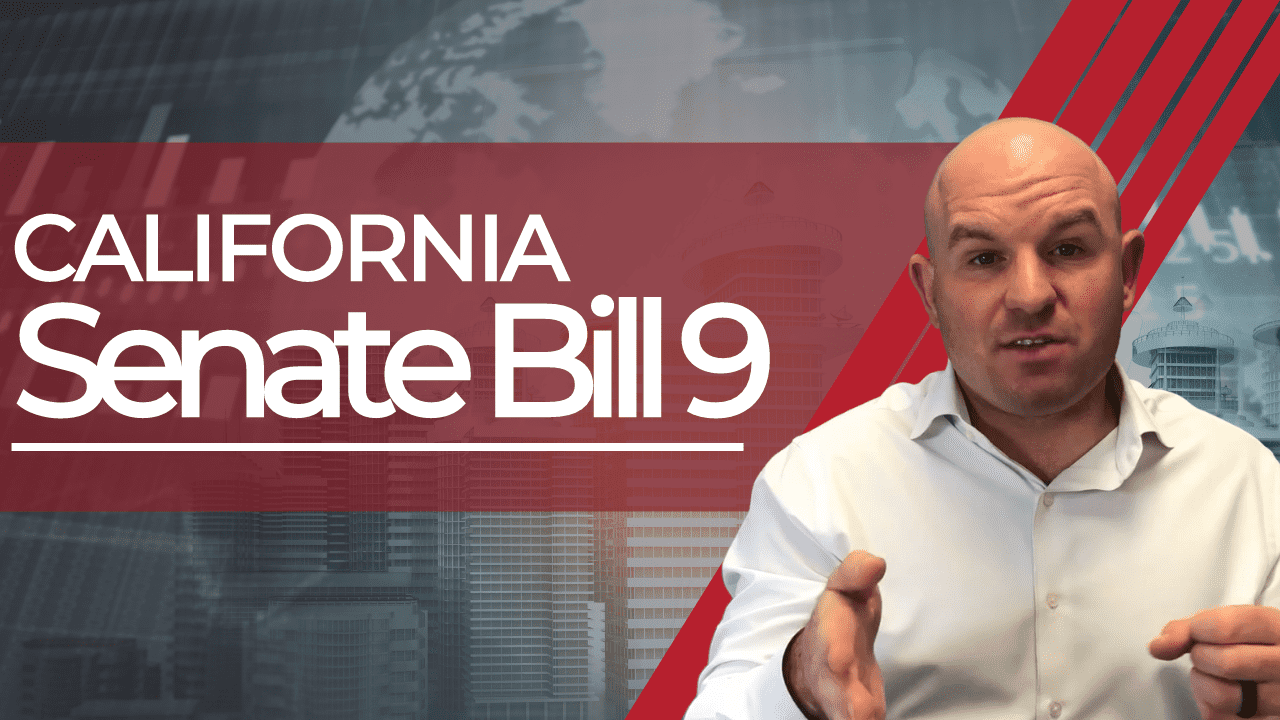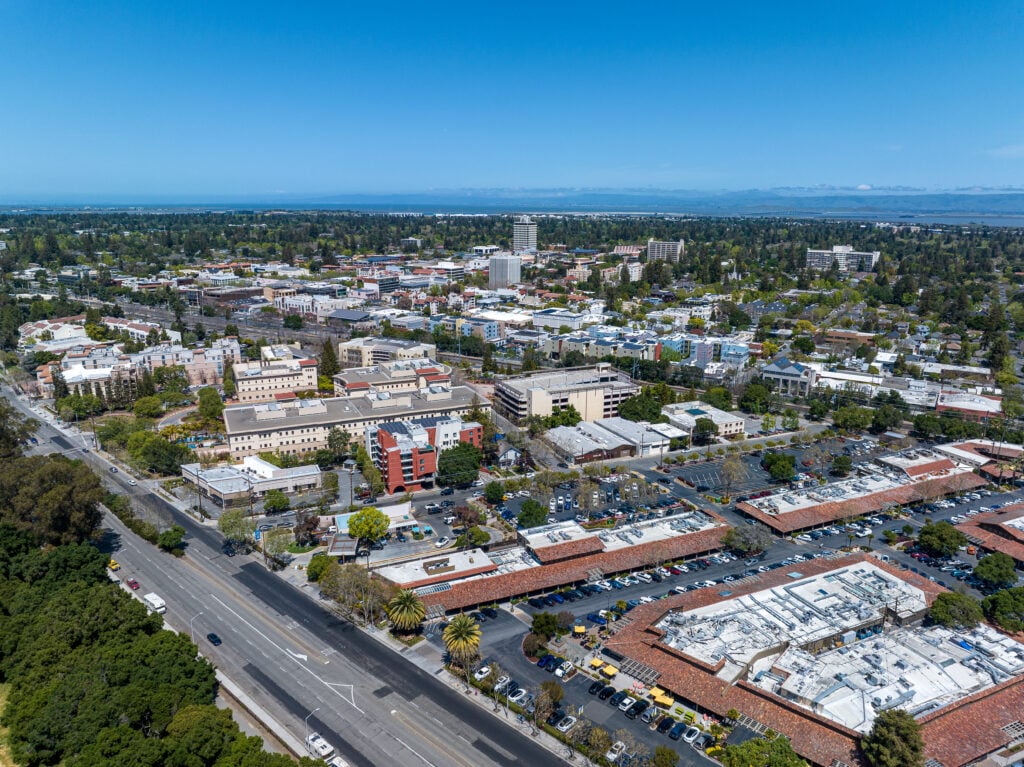California Sb9: What It Means And How To Make It Work To Your Advantage
Joe Polyak November 19, 2021

Joe Polyak November 19, 2021

Stay up to date on the latest real estate trends.

Alameda Market Update
August 29, 2025
As we step into the heart of summer, Alameda County’s housing market is showing all the signs of continued competitiveness—though with some interesting shifts worth no… Read more

San Francisco
August 28, 2025
As summer winds down, the San Francisco Bay Area comes alive with cultural celebrations, art, music, and family fun. Whether you're exploring SF’s iconic neighborhoods… Read more

Santa Clara County Market Update
August 28, 2025
Santa Clara’s housing market continues to show strong demand and limited supply, keeping conditions competitive for buyers and advantageous for sellers. Let’s break do… Read more

San Francisco
August 25, 2025
San Francisco’s housing market continues to demonstrate strong demand and tightening supply as we move through July 2025. Both buyers and sellers need to understand th… Read more

San franisco
August 25, 2025
At Rise Homes, we love sharing the best of Bay Area living — and let’s be honest, weekends are made for brunch. If you’re in the San Mateo Peninsula, you’ve got plenty… Read more

Contra Costa Market Update
August 22, 2025
Summer is in full swing in Contra Costa, and the housing market remains competitive with a few interesting shifts. Here’s a detailed look at the latest numbers and wha… Read more

San Mateo Market Update
August 21, 2025
San Mateo County’s housing market continues to stay competitive this summer, with tight inventory and strong buyer demand shaping the pace of sales. Whether you’re pla… Read more

San Francisco
August 12, 2025
If you’re dreaming about a place that blends Silicon Valley innovation with a small-town community feel, Menlo Park might be calling your name. Known for its tree-line… Read more

San Francisco
July 31, 2025
August is sizzling with can't-miss events across the San Francisco Bay Area! Whether you're a music lover, foodie, culture seeker, or weekend explorer, this month has … Read more
You’ve got questions and we can’t wait to answer them.